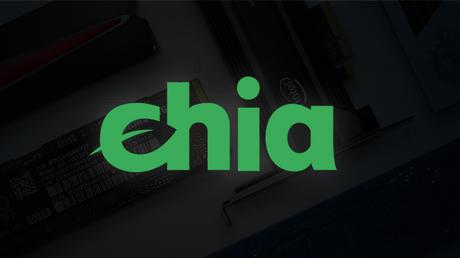
The storage-powered Chia network is making a push into gaming with a card battler demo and a veteran of the game business leading the way.
On blockchain networks such as Avalanche, Solana, Polygon, and even the newly-launched Sui, the Web3 gaming industry is expanding. Chia, the innovative blockchain-based storage network, is not on that list, but that may shortly change.
Chia Network, which recently signaled its intention to go public, launched the Chia Open Digital Economy (CODE) framework last week, which consists of infrastructure and tools designed to enable an open metaverse of games and applications that utilize interoperable assets.
Along with this plan, Chia will start on May 19 a proof-of-concept trading card game called ChiaTCG. This game will support all NFTs on Chia and turn them into cards that can be played.
Introducing the Chia Open Digital Economy (CODE) framework – a tech infrastructure enabling an open metaverse!
— Chia Network (@chia_project) May 4, 2023
CODE is designed to bring better protection, increased interoperability, & broader connectivity across digital economies: https://t.co/OLttyEsX1Z 1/4
Richard Tsao, Chia Network’s Chief Metaverse Officer, has spent two decades working for gaming industry titans, including Microsoft during the early Xbox days, Ubisoft branches in China, and League of Legends developer Riot Games.
According to Tsao, he realized the importance of an open ecosystem of tradable assets that are genuinely owned by players during his time at Riot Games. Although he attempted to develop this concept while working for the company, he was unable to gain traction for the idea within a large studio with its own prosperous, closed ecosystem of assets.
In the end, he set up shop at Chia and is now leading the company’s efforts to change the blockchain network so that games can work better with it.
Chia was made by Bram Cohen, who also made the BitTorrent protocol. It uses a unique “proof of space and time” consensus method that is secured by users’ storage space, unlike Bitcoin’s network, which needs high-end computers and a lot of energy.
Tsao thinks that Chia’s plan for games could be better than other blockchain networks. Notably, the NFT1 token standard works with Chia’s Offers system to allow peer-to-peer atomic swaps without a marketplace or an escrow smart contract in the middle. It’s a subtle difference that Tsao thinks makes a big difference.
At this stage, it seems that Chia’s aspirations in the gaming industry are in their infancy. Chia Network has taken its first steps towards its plan with the release of a proof-of-concept game demo. However, the company acknowledges that this is just the beginning and there is still much work to be done.
Chia wants to release a white paper and finalize code by the end of the year to make it possible for future games to work together. He also wants to make a “abstraction layer” that makes it easy for developers to build games on top of the network.
AChiaTCG serves as a basic proof-of-concept game that can support any NFTs on the network, Tsao stated, enabling all projects and communities to test how their assets would work in a game.
It’s a two-player cooperative game that serves as a starting point for creators. However, Ethereum-based trading card games like Gods Unchained and Skyweaver have been available for years, and various other blockchain networks have multiple live games with more in development. Furthermore, Chia’s NFT market is much smaller than platforms like Ethereum and Solana, as it was only established last year.
In the world of Web3 gaming, Chia is far behind its competitors. However, Tsao thinks that developers will find its infrastructure attractive, and that the network can enable real interoperability, a goal that has been difficult to achieve in the past.
“We don’t profess to be game developers. We’re great technology developers… who really want to make the use case of metaverse gaming come alive,” said Tsao. “So we will partner with experienced game developers to provide that tech—and they’ll provide good games.”
Content Source: decrypt.com
